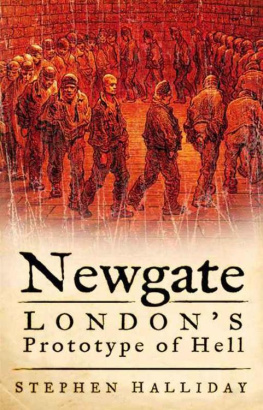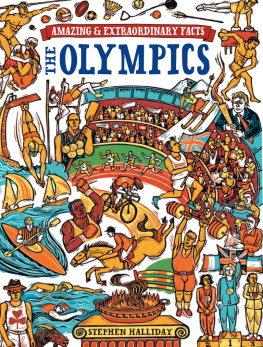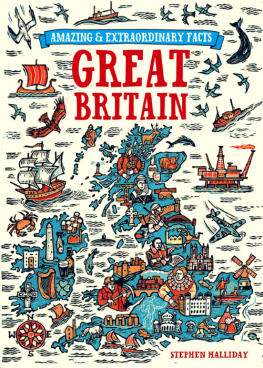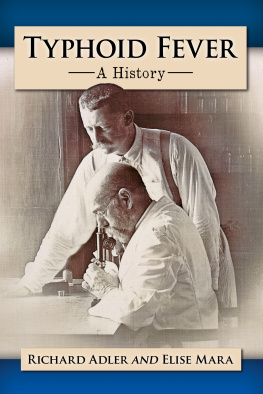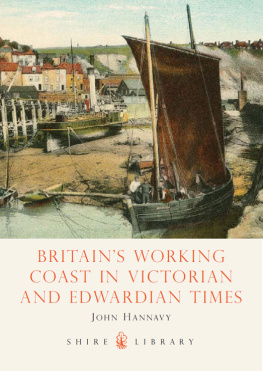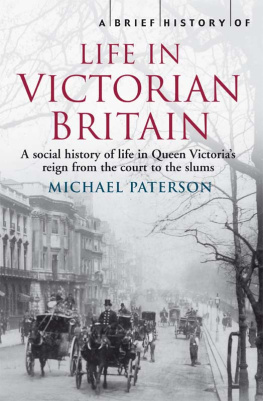Contents


In 1897 Queen Victoria celebrated her Diamond Jubilee, having ascended the throne in June 1837, less than a month after her eighteenth birthday. She was very proud of the fact that she was the longest reigning British monarch, having passed the record set by her grandfather George III, who reigned for almost sixty years. When she died in January 1901 she had reigned for almost sixty-four years.
Her reign was much less turbulent than that of her grandfather, which had witnessed the Seven Years War with France (175663) at its beginning; the Napoleonic Wars (17931815) at the end; and the disastrous American War of Independence (177683) in the middle. During Victorias reign there was no serious likelihood that the British Isles would be invaded, despite a few scares concerning supposed threats from the French or Germans. In the colonies the Indian Mutiny was suppressed and the Zulu Wars in Africa made some headlines, but neither represented a threat to the mother country. The Boer War cast its shadow over Victorias final years, but no one supposed that the Boers would march on London as Napoleon had intended to do.
But other battles were being fought in Victorias towns and cities that were concerned with saving lives rather than ending them. These were battles against disease, especially against epidemic diseases, which spread swiftly in the crowded urban communities that, by the end of her reign, had become the homes of most of her subjects. This book tells the story of those battles fought against squalor, poor housing, dirty water, sewage, ignorance and, ultimately, germs. Since its focus is Victorian England, most of the men and women whose achievements are recorded in this book are British, though two of the most important, Sir Joseph Bazalgette and Sir John Simon, were of French descent. However, the critical discoveries of Frenchmen like Louis Pasteur, Germans like Justus von Liebig, Dutchmen like Anthony van Leeuvenhoek and the Italian Filippo Pacini are also recorded, because of their impact on the understanding of the causes of disease.
By the end of Victorias reign some diseases, such as smallpox, typhus and cholera, had either virtually disappeared from the records or were in the process of doing so. Typhoid, scarlet fever and childbed (or puerperal) fever were following. Others, like whooping cough, measles, pneumonia and tuberculosis, were in decline but remained a very real threat. Another fifty years would pass before better living conditions and effective medication would provide successful remedies. The Victorians battles were fought by doctors, nurses, midwives, social reformers, scientists and engineers. Sometimes the professions overlapped. Sir John Simon was a doctor, but most of his achievements in the field of public health were made as a public servant, first as Medical Officer to London and, later, to the Privy Council. John Snow was also a doctor who practised in Soho, but he is remembered for his careful scientific study of the Soho cholera outbreak, so he is recorded in this volume as a scientist, as is Dr William Budd, who identified the mechanism by which typhoid is transmitted. Some of those whose achievements are described in the pages that follow were ridiculed in their lifetimes and even now are less well known than they should be.
But before the doctors, nurses, midwives and scientists could do their work, other battles had to be fought by politicians, social reformers and philanthropists. At the outset of Victorias reign the role of government was minimal. Its principal tasks were to defend the kingdom from foreign enemies and administer justice. The first of these was discharged by maintaining a powerful navy (though much smaller in peacetime, when many officers were put on half-pay, as Nelson had been) and a very small army, whose shortcomings were quickly exposed during the Crimean War. What later became the Victorian Empire largely consisted of trading posts in which government involvement was minimal. For the first twenty years of Victorias reign even India was largely the province of private enterprise in the shape of the East India Company, and it took the Indian Mutiny of 1857 to persuade the government to assume sovereignty over the jewel in the crown of empire. The judicial system was the responsibility of central government, but even this was very small (there was not even a Court of Appeal until 1907), and it was mostly run by unpaid amateurs in the form of local magistrates who were also responsible for the affairs of local government, including the Poor Law and the maintenance of roads and bridges, outside the chartered towns. Trials were conducted in the minimum time and at minimum cost, one estimate being that in the 1830s Old Bailey trials took, on average, nine minutes. After the trial, those convicted were likely to be flogged, executed or transported, thus saving the state the costs of imprisonment. It was several years into Victorias reign before a prison building programme was instituted under the auspices of central government.
Transport was the responsibility of turnpike trusts for the main roads, canals built by entrepreneurs like the Duke of Bridgewater and, later in the reign, the railways, which in many ways exemplify the Victorian virtues: entrepreneurship, risk taking, high technology and, above all, the employment of private capital for the public good. Hospitals were dependent upon earlier philanthropists, such as John Addenbrooke at Cambridge, Thomas Guy in London and John Radcliffe in Oxford, and those who succeeded them and added to their bequests. The training of nurses at St Thomass Hospital was made possible because Florence Nightingale used the prestige she had gained from her work in the Crimea to set up a charitable fund, amounting to 45,000, to pay for it. Education, such as it was, lay in the hands of Dame Schools offering a rudimentary education to economically inactive children; private schools, often Tudor foundations, many of which had declined into a state of torpidity by the nineteenth century; and the ancient universities of Oxford and Cambridge, which were little more than Anglican seminaries.
One of the greatest of the achievements of the Victorians, therefore, was to accept that national and local government had a responsibility for the health, education and welfare of citizens, as well as for defence against foreign invasion and domestic injustice. With this went an acceptance that the authorities would have to raise taxes both centrally and locally. As late as the 1870s William Gladstone was still hoping to be able to abolish the income tax that had first been introduced during the wars against Napoleon, but by Gladstones time the cause was lost. A torrent of legislation regulated working practices; promoted the construction of sewers at public expense; instituted the inspection of factories, food and water supplies; built workhouses and the rudimentary hospitals they contained; laid down rules for the training of doctors and midwives; and reformed schools and universities. Big government had arrived and would not be going away. It was the most enduring legacy of Victorias reign. It was all necessary before the reformers could begin work.
The young Queen Victoria succeeded to the throne on 20 June 1837. Four days later the Manchester Guardian spokesman for the city, which, above all, represented the cause of laissez-faire and small government, expressed its hopes for the new reign: The accession of our young queen is a circumstance full of hope and promise government will be compelled to be more economical; a higher standard of civilisation will ultimately be adopted among us.


